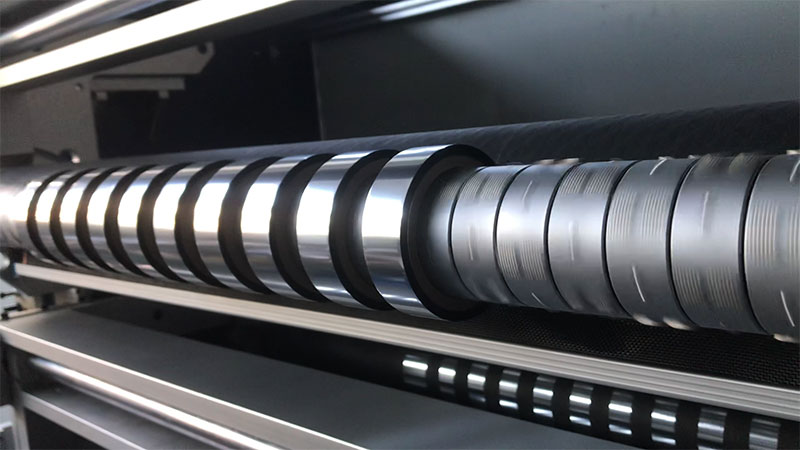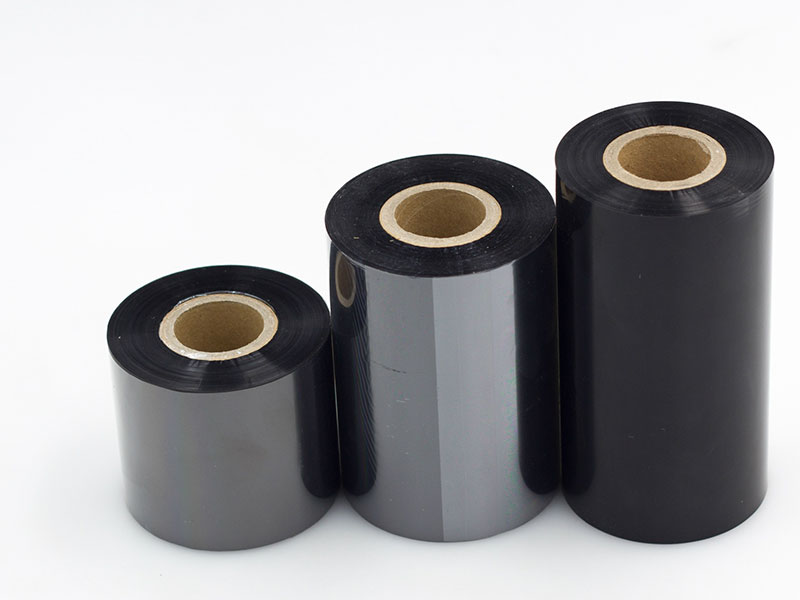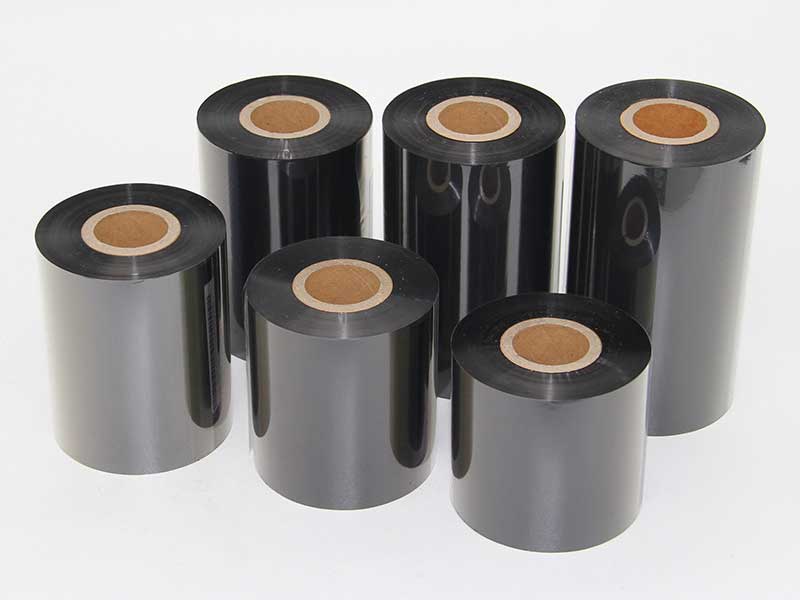The intelligent functions of the slitter machine significantly improve production efficiency, cutting quality and user experience through the two core dimensions of precise control and ease of operation. Here's how to do it and how it works:

1. Precise control: how to improve the slitting accuracy of intelligence?
1. Dynamically adjust the system in real time
◦ High-resolution sensor: laser ranging, CCD visual inspection or ultrasonic sensor monitors the material position, tension and thickness in real time, and feeds back to the control system (such as PLC or industrial PC) to dynamically correct the cutting parameters.
◦ Closed-loop control technology: servo motor + encoder form a closed loop, with a positioning accuracy of ±0.01mm, avoiding the return error of traditional mechanical transmission.
2. Adaptive cutting algorithm
◦ Material property compensation: Automatically identify material hardness, elastic modulus and other parameters, and adjust the tool speed and pressure (for example, soft materials reduce knife pressure and prevent deformation).
◦ Tool wear compensation: AI algorithms monitor tool life, automatically fine-tune the cutting position or pressure, and extend the tool life cycle.
3. Multi-axis collaborative control
◦ Synchronous cutting and winding: Synchronous control of the master-slave shaft (such as electronic gear/cam) ensures that the coil tension is constant during high-speed slitting and avoids material stretching or wrinkling.
2. Convenience of operation: How does intelligence simplify human-computer interaction?
1. One-click automation
◦ Preset process library: store the cutting parameters of different materials (such as PET film, copper foil, non-woven fabric), and call it with one key when switching products.
◦ Automatic tool change system: the robot or turret tool magazine can realize the quick tool change, reducing downtime.
2. Visual Human Machine Interface (HMI)
◦ Graphical guidance: The touch screen displays a 3D cutting path simulation, and the operator can drag and drop to adjust the slitting scheme.
◦ Fault self-diagnosis: real-time alarm prompts (such as tool breakage, material deviation) and recommended solutions.
3. Remote monitoring and maintenance
◦ Industrial Internet of Things (IIoT): Remotely monitor equipment status and output data through the cloud platform, and support mobile APP early warning.
◦ Predictive maintenance: Analyze vibration, temperature and other data to warn bearing or motor failures in advance and reduce unplanned downtime.

Third, the core technical support of intelligent functions
| Technology Module | Functional implementation |
| Motion control | Multi-axis linkage servo system (e.g. EtherCAT bus), high-precision grating scale feedback |
| Sensing systems | Laser rangefinder, infrared thickness detection, tension sensor |
| Software algorithms | Adaptive PID control, digital twin simulation, machine learning tool wear model |
| Communication protocols | OPCUA and MQTT protocols to realize device interconnection (such as docking with MES/ERP system) |
Fourth, the practical application value
• Efficiency improvement: Intelligent parameter optimization can shorten the changeover time by more than 50% (e.g. from 30 minutes to 10 minutes).
• Quality stability: The dynamic guiding system reduces the defect rate from 1% to less than 0.2% (e.g. lithium battery separator slitting).
• Reduced labor costs: The production line with a high degree of automation only needs 1 person to monitor multiple equipment.

5. Industry application cases
• Packaging industry: The intelligent slitting machine automatically adjusts the slitting width (such as paper rolls → customized carton blanks) according to the order demand.
• New energy battery: The pole piece slitting machine automatically rejects the fragments with excessive burrs through AI visual detection to ensure battery safety.
• Textile industry: Intelligently recognizes the direction of the texture when slitting the fabric, and optimizes the cutting angle to reduce edge disconnection.
Future Trends
• Deep AI integration: Optimize the cutting path through deep learning to achieve "zero waste" slitting.
• Digital twin: Virtual debugging technology verifies the slitting scheme in advance and reduces the cost of trial and error in the physical object.
The intelligence of the slitting machine not only solves the pain points of traditional reliance on manual experience, but also makes high-precision cutting a standardized and replicable process through data-driven decision-making, especially suitable for flexible and customized production scenarios.

it uses precise cutting to cut out a more economical, more efficient and more environmentally friendly development path for enterprises.
29. December, 2025
Modern high-quality ribbon slitting machine combines automation, intelligence and high precision:
29. December, 2025
Through precise local upgrading, process optimization and intelligent transformation, small and medium-sized enterprises can achieve a great leap in production efficiency with limited resources.
29. December, 2025
This seemingly simple piece of equipment is quietly changing the production efficiency standards of the entire industry.
27. December, 2025
A hot stamping foil slitting machine that can truly carry the trust of users must be the culmination of the following characteristics.
27. December, 2025